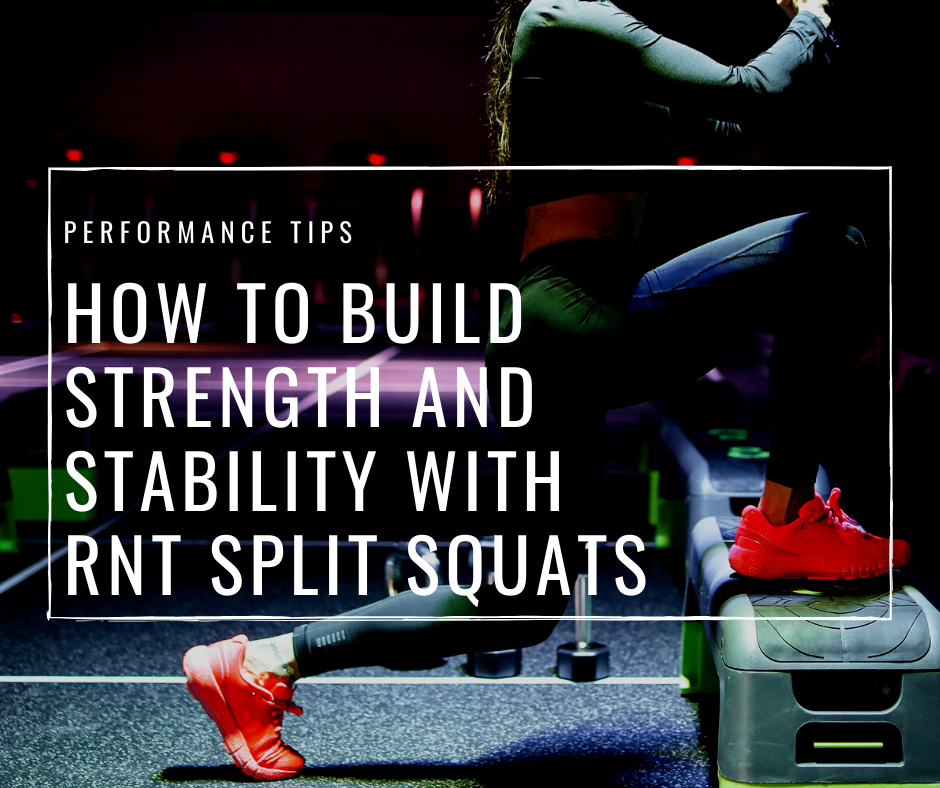VIDEO: The Olympic Lifting Technique That Perfects Your Timing
Weightlifting is about speed, position and timing. Many lifters achieve good positions but if their timing is incorrect they have major problems hitting heavy weights. The right olympic lifting technique should make lifts feel crisp and connected. If your timing’s off, everything just feels a bit awkward. If you don’t understand proper timing, you might not know why your lifts don’t feel right.
This is my favourite drill for teaching the proper olympic lifting technique for timing your catch. It teaches you to feel exactly what needs to happen when you receive the bar in the "finish position" of a clean, snatch or jerk. Depending on what lift you’re practicing, it’s called a “tall clean”, “tall snatch” or “tall jerk”, but the key points are the same for all variations.
The basic idea is this: when your feet hit the floor (in the split jerk, the emphasis is on your front foot), the bar needs to be in it’s final position. Those things need to happen simultaneously. You can use the sound of your feet hitting the floor as a cue to snap everything in place in one instant.
Technically, when you catch a snatch or clean in a full squat, the timing of the feet hitting and the bar arriving either to the shoulders or overhead (depending on the lift) isn’t exactly at the same moment. The feet will hit a little earlier. But the closer you can get to making them happen instantaneously, the better. So as a lifter, the focus should be on getting those two things to happen as close together as possible. In other variations, specifically the power clean, power snatch and jerk, the feet landing and the bar arriving in it’s finish position should be at virtually the same time.
You can see this in the two example video. At full speed, the timing looks quite close but in slow motion you can see that the feet actually land a bit earlier.
I recommend to practice this drill in your warm-ups for around 2-3 sets of 8-10reps with a light weight.
If your timing needs extra practice, do another 3-5 sets of 3-5 reps at a moderately heavy weight - something that still allows you to i) perform the drill correctly (no cheating by using the legs) and ii) enables you to move with some speed. In other words, you’re not trying to hit a max or set a world record. Pick a weight that feels like a 7-8 out of 10 for difficulty. This is just an opportunity to get in good quality practice reps to improve skill and efficiency in the lifts.










